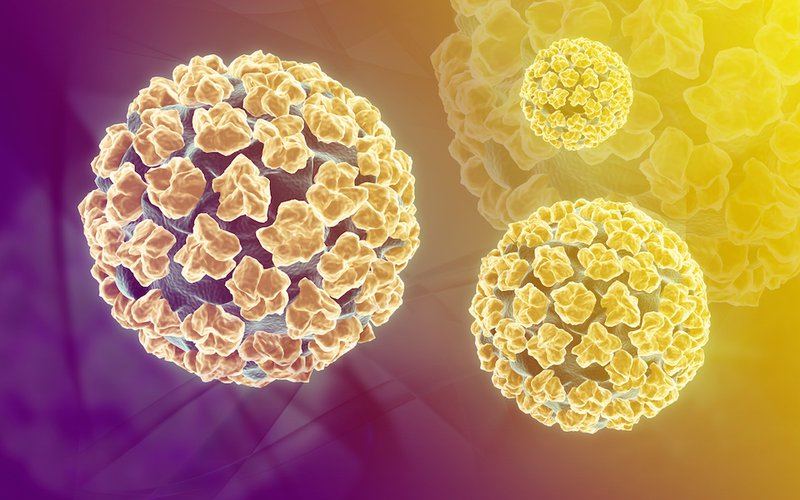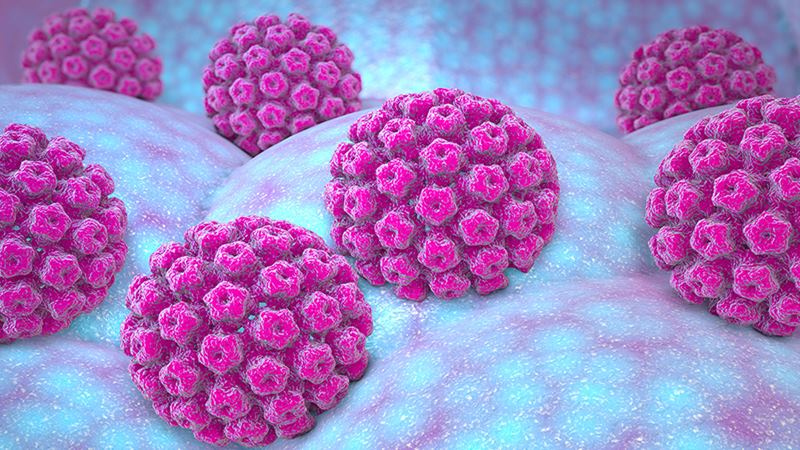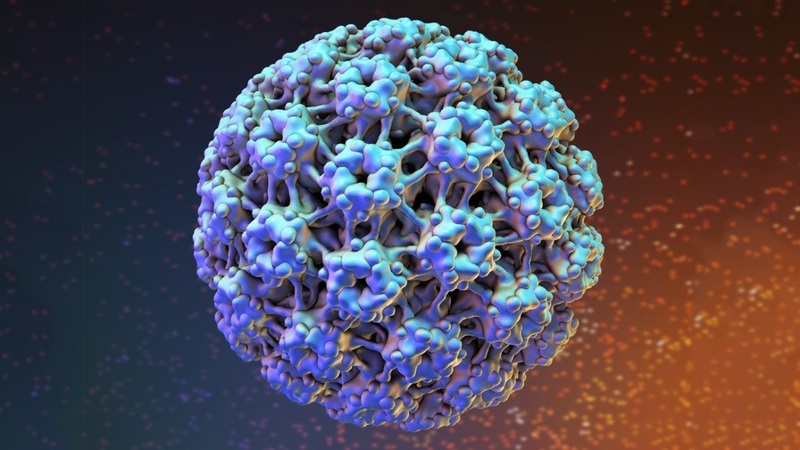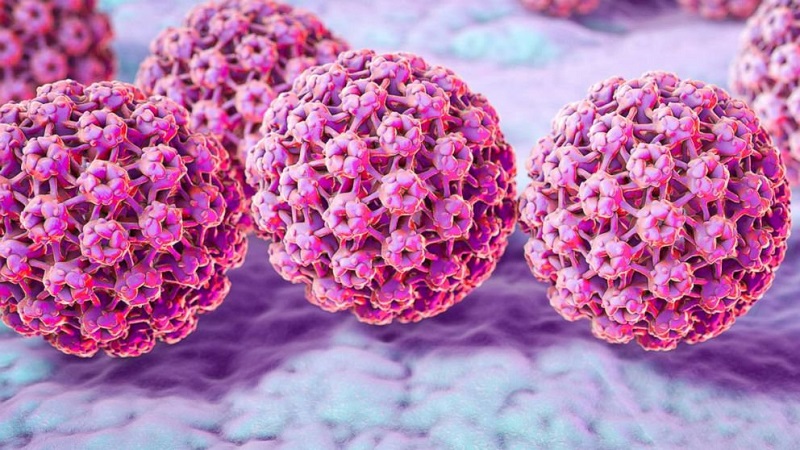Sexually transmitted infections are one of the most dangerous types of diseases today, and it’s important to be informed and take effective preventive measures. Let’s explore the various aspects of STIs in today’s article.
1. What are Sexually Transmitted Infections (STIs)?
 What are Sexually Transmitted Infections?
What are Sexually Transmitted Infections?
Sexually Transmitted Infections (STIs), also known as Sexually Transmitted Diseases (STDs), are infections that are transmitted through sexual contact, including vaginal, anal, or oral intercourse. STIs are caused by bacteria, viruses, or parasites that can be present in semen, vaginal fluids, or other bodily fluids exchanged during sexual activity.
Additionally, STIs can be transmitted from a pregnant woman to her unborn child during pregnancy or childbirth. Blood transfusions and sharing needles are also common ways that these infections can spread.
There are over 20 types of STIs identified by scientists, and most of them are challenging to treat completely. They often have significant impacts on the health and lives of infected individuals.
2. Causes of STIs
 Causes of STIs
Causes of STIs
According to experts, there are numerous causes of STIs. The most common causes include:
- Bacteria: Bacterial infections such as gonorrhea, syphilis, and chlamydia are among the most common causes of STIs.
- Parasites: Parasites are organisms that use other living organisms as hosts to survive and reproduce. They can be transmitted through contaminated sources like water, air, food, or even during sexual contact.
- Viruses: Certain STIs are caused by viruses, including HIV, Hepatitis B, and Herpes. These viruses are minuscule and can quickly enter the body, multiplying rapidly and severely impacting the health of cells and organs.
3. Signs and Symptoms of STIs
 Signs and Symptoms of STIs
Signs and Symptoms of STIs
According to experts in male health at the Tam Anh Hospital System, the signs and symptoms of STIs can vary depending on the incubation period, the type of infection, and the individual’s health condition. Here are some specific symptoms for both men and women:
In Men:
- Pain or discomfort during sexual intercourse
- Unusual discharge or bleeding from the penis
- Sores, swelling, or rashes around the penis, testicles, or anus
- Pain or burning sensation while urinating
- Swollen testicles
- Painful or swollen lymph nodes
In Women:
- Sores, swelling, or rashes around the vagina or anus
- Pain or difficulty urinating
- Pain during sexual intercourse
- Vaginal discharge that is unusual or bloody
- High fever
- Lower abdominal pain
4. Common STIs
 Common STIs
Common STIs
There are over 20 types of STIs, and here are some of the most common ones that you should be aware of:
- HIV: HIV stands for Human Immunodeficiency Virus, which attacks the immune system, leaving the body vulnerable to other infections.
- Genital Warts: Genital warts are caused by the Human Papillomavirus (HPV) and appear as hard, elongated warts on the genitals, causing pain and itching.
- Syphilis: Syphilis is an STI caused by the bacterium Treponema pallidum, transmitted through sexual contact, including oral and anal intercourse.
- Gonorrhea: This infection is caused by the bacterium Neisseria gonorrhoeae and can be spread through vaginal, oral, or anal intercourse.
- Herpes: Herpes, or genital herpes, is caused by the Herpes virus and is characterized by red blisters that form clusters in the genital area.
5. Prevention of STIs
 Prevention of STIs
Prevention of STIs
According to medical professionals, STIs can spread rapidly and easily recur, so it’s crucial to have the necessary knowledge to prevent and control them:
- Abstinence or Safe Sex: Refraining from sexual activity or practicing safe sex with tested partners is the best way to prevent STIs.
- Get Tested: Before engaging in sexual activity with a new partner, ensure you both get tested for STIs to protect each other.
- Vaccination: Vaccines are available for some STIs, such as HPV, Hepatitis A, and Hepatitis B. Getting vaccinated can reduce the risk of infection and transmission.
- Condom Use: Using condoms consistently and correctly is an effective way to protect against STIs during sexual intercourse.
- Healthy Lifestyle: Adopting a healthy and scientific lifestyle can boost your overall health and immune system, making you more resilient to infections.
This article has provided an overview of STIs, their causes, symptoms, and prevention. We hope it has empowered you with valuable knowledge to protect your health and well-being.
Source: tamanhhospital.vn
Analyzing Distinctions Between Covid-19 and Seasonal Flu Respiratory Illnesses
Have you been feeling under the weather lately? It might be difficult to tell whether it’s Covid-19 or flu symptoms you are experiencing. Fortunately, there are a few identifying factors that can help us differentiate between these illnesses. In this article, we’ll discuss the key differences between Covid-19 and seasonal flu.







































